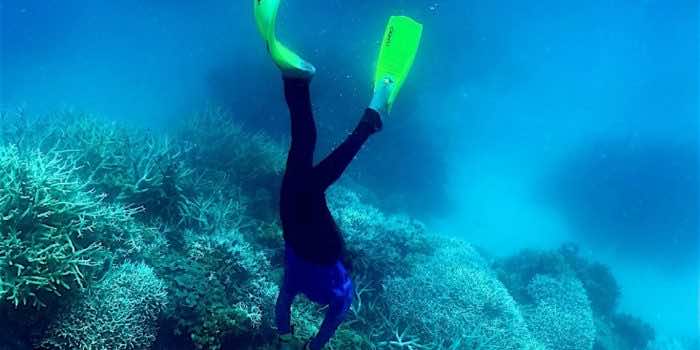According to a new report by the Australian Institute of Marine Science (AIMS), two-thirds of Australia’s Great Barrier Reef have recorded the greatest amount of coral cover in almost 40 years,
Climate change has destroyed the reef massively. Rising temperatures of the seas increased both the frequency and intensity of underwater heatwaves. These increasing heatwaves led to the unfortunate condition of coral bleaching. This involves draining the vibrant (and vital) underwater ecosystem of its life and color.

However, all hope does not seem to be lost now. Per the AIMS report, the northern and central areas of the vital undersea habitat are depicting encouraging signs of recovery. It’s an optimistic sign that the reef might make a full recovery if it is taken care of thoroughly.
“Every summer the Reef is at risk of temperature stress, bleaching, and potentially mortality,” AIMS CEO Paul Hardisty said in a press release. “The 2020 and 2022 bleaching events, while extensive, didn’t reach the intensity of the 2016 and 2017 events and, as a result, we have seen less mortality.”
As AIMS reports, hard coral cover levels — that is, the proportion of the reef blanketed by living, stony coral — reached 33 percent in the reef’s central region, and 36 percent in the northern region.
The percentage isn’t huge but as senior AIMS researcher Mike Emslie told The Washington Post, these findings show how the reef “is still vibrant and still resilient, and it can bounce back from disturbances if it gets the chance.”

However, the progress is not the same at all ends. The southern part of the reef, plagued by an outbreak of coral-eating starfish, hasn’t seen the same success. And while extremely exciting, recovery doesn’t mean that the reef is healthy. Parts of this great natural wonder are definitely better — but better doesn’t necessarily mean good. All in all, it is still good news.


